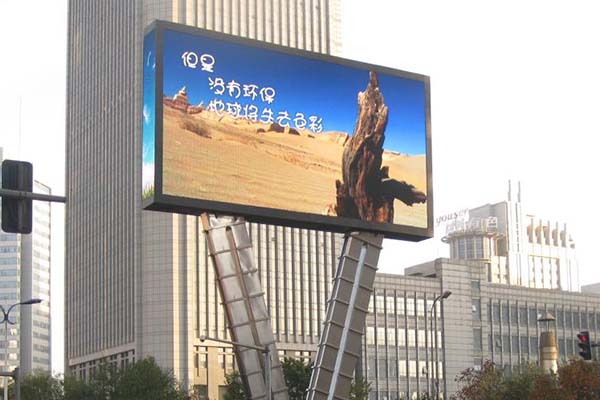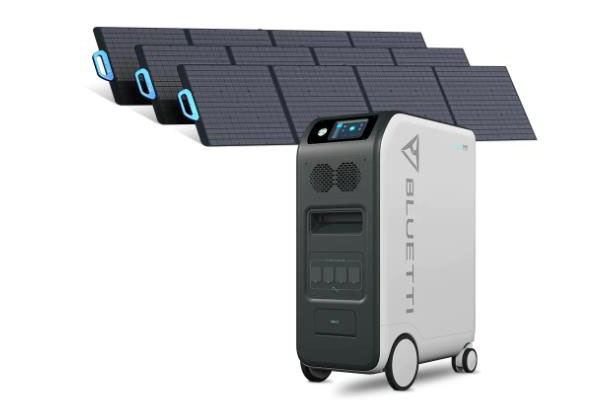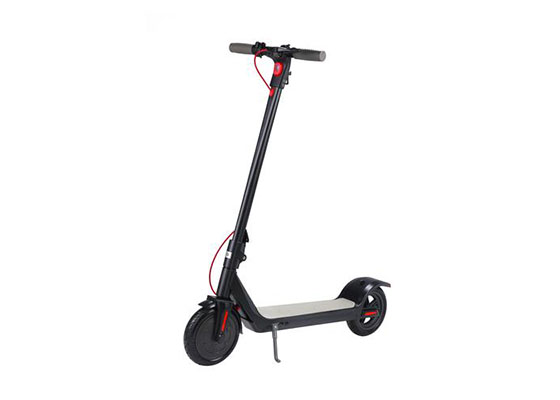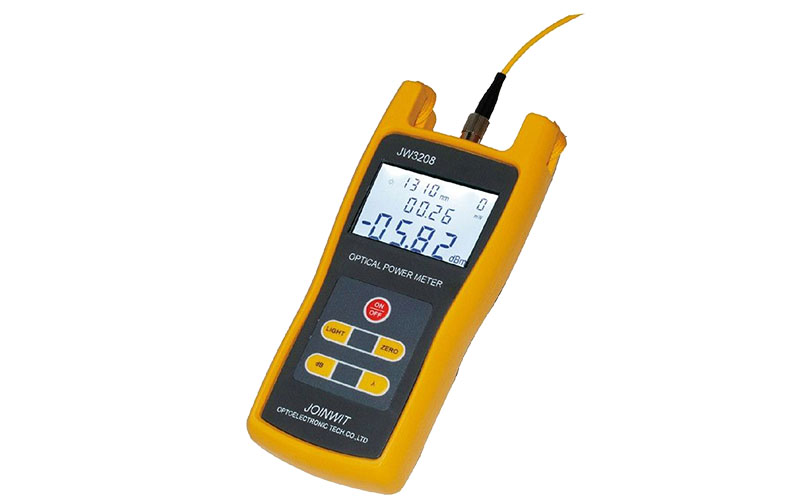Outdoor LED display projects are complex undertakings that demand meticulous attention to detail during both production and everyday installation and operation. Neglecting these details can lead to issues ranging from a darkened screen to component damage, or even worse, safety hazards such as fire outbreaks. Therefore, whether you’re a manufacturer or a service provider, it’s essential to provide rigorous training and guidance to those involved in installation and usage to ensure safety and prevent screen damage.
In this blog, we’ll explore the critical considerations for the installation and operation of outdoor LED displays to ensure their long-term functionality and safety.
Steel Structure Installation
Designing the steel structure for an outdoor LED display involves factoring in various elements, including wind load, waterproofing, dust resistance, lightning protection, and population density in the vicinity. Within the steel structure, provisions must be made for electrical distribution cabinets, air conditioning units, axial fans, lighting, as well as maintenance facilities such as access ways and ladders.
During implementation, the entire outdoor screen’s steel structure should adhere to approved design blueprints from relevant government authorities to ensure its reliability and safety.
Scaffold construction is equally crucial, with design schemes requiring thorough scrutiny and on-site adherence to construction standards and timely inspections to eliminate safety hazards during setup.
Electrical Safety Standards
Following temporary electrical regulations for construction sites (JGJ46-2005), a three-tier distribution system, TN-S zero protective system, and two-tier leakage protection system must be used on construction sites. Avoid practices like converting a three-tier distribution into a two-tier distribution, incorrect PE wire outlet positions, or improper repetition of grounding connections, as these may introduce safety hazards. Strive to eliminate these hazards during the construction process.
Waterproofing and Moisture Prevention
Outdoor LED displays are exposed to harsh working conditions, including sun, rain, wind, and dust. Electronic components are susceptible to short-circuiting and malfunction when exposed to moisture. Adequate waterproofing at the joints between screen panels and between the screen and the building is crucial. Additionally, screens should have effective drainage measures in place to prevent water accumulation.
It’s essential to note that the minimum protection level (front/back) for outdoor LED displays is IP65/IP54; it should never fall below these ratings.
Ventilation and Heat Dissipation
Outdoor LED displays generate heat during operation, and if the ambient temperature is excessively high and heat dissipation is inadequate, integrated circuits may malfunction or even burn out, leading to screen abnormalities. Install axial fans (usually positioned above the screen’s rear) or other ventilation devices to expel heat, maintaining the internal temperature of the screen within the range of -10°C to 40°C.
Furthermore, choosing industrial-grade integrated circuit chips with an operating temperature range of -40°C to 80°C can effectively prevent startup issues caused by low temperatures.
High-Quality Wiring
Larger LED displays require more power, necessitating stable electrical connections. Wiring must meet national standards to ensure safety and stability. Several key points for wiring include using copper wire as the conductor, adhering to standard cross-sectional area tolerances, and ensuring that insulation and flame retardancy of the wire’s covering meet national standards.
Lightning Protection and Grounding
Outdoor LED displays are susceptible to strong electrical and magnetic interference caused by lightning strikes. Therefore, LED screens and their enclosures should be well-grounded, with a grounding resistance of less than 3 ohms. To release high currents promptly and reduce overvoltage on the equipment, lightning protection devices should be installed on both the display and the building.
Grounding for outdoor LED displays should be tailored to the specific circumstances:
When the display is set up independently, a separate grounding system should be established with a grounding resistance of no more than 4 ohms.
When the display is attached to a building’s exterior, the display’s main body and enclosure should be adequately grounded, sharing a comprehensive grounding system with the building, with a grounding resistance of no more than 1 ohm.
Appropriate Distribution Cabinets
Outdoor LED displays typically operate on AC220V current, requiring minimal voltage fluctuations within 10% from the power grid and ensuring a solid grounding system. For screens with power consumption exceeding 10kW, dedicated distribution cabinets should be installed. To prevent fire hazards due to electrical leakage, fire-resistant leakage protection switches should be installed at the main switch where power enters.
Inside the distribution cabinet, monitoring interfaces should provide real-time temperature readings for the display. In automatic mode, when the internal temperature exceeds 65 degrees, the monitoring interface should issue a high-temperature warning, triggering an alarm and an automatic power cut-off to prevent fires.
Additionally, smoke detectors can be installed within the display to provide prompt fire alerts and automatically cut power when fire conditions are detected.
Safety Education
Safety helmets, safety harnesses, and safety nets are the three essential tools for reducing and mitigating safety incidents at construction sites. Construction units should require all on-site personnel to wear safety helmets.
Studies have shown that enterprises with higher levels of worker safety education and well-implemented safety education programs have significantly lower accident rates than those with superficial safety education.
How to Keep Your Outdoor LED Display Cool During the Summer
Conclusion
as long as project stakeholders prioritize quality and adhere to specifications rather than compromising on display configurations, meet construction site quality and safety management requirements, and avoid cost-cutting measures such as reducing wire quality, the installation of outdoor LED displays can proceed smoothly. By following these critical details, you can ensure the safety and longevity of your outdoor LED display.




